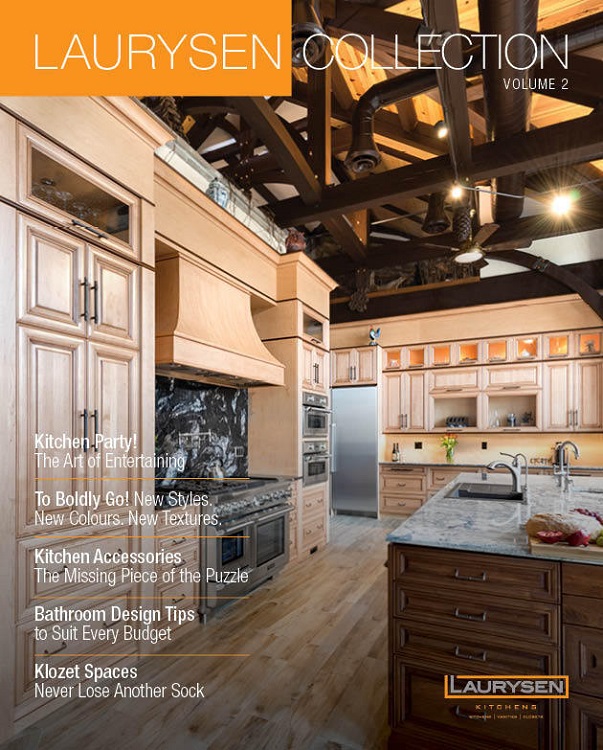Lighting is the one thing that will make or break your kitchen design. Not enough lighting, and you won’t be able to see what you’re doing. The perfect amount of light will not only allow you to chop and peel in safety, but will also create a beautiful ambiance that will make you enjoy cooking and eating even more.
How a Lighting Plan Works
A lighting scheme can become a complex layering of multiple sources and tones. To help get you started, here are some of the key functions of lighting:
- Ambient lighting, or background lighting. This is the main light in the room, and what most people are familiar with. In the daytime it is the light that comes from windows or anything that takes its place or adds to it, like ceiling lights. This is the layer of light that ties the room together.
- Task lighting. This provides brighter light to a specific area so that you can see what you’re doing. In the kitchen, lights under your cabinets that make your countertop workspaces brighter are a good example of this.
- Accent lighting. This is used to give a bit more brightness to an area, an object, or an architectural detail. A good example of accent lighting is using directional lights to highlights objects above cabinets.
- Decorative lighting. It’s there to make a style statement. It won’t really illuminate much, but can add a nice visual pop where it’s needed.
It’s important to remember that a fixture can fulfill two roles. A pendant over an island can be a task light and an accent at the same time, for example. All of these types of lighting will overlap and work together to create a space that is evenly lit and a pleasure to be in. It will also help improve the resale value of your home.
What Are You Lighting?
The Ambient Layer
In kitchens, designers often start with ambient lighting, and then supplement with task and accent lighting where needed. When considering how much ambient light you’ll need, remember that the light you get from your windows will disappear in the evening, so plan ceiling lights so that you can get even background light whenever you want.
You’ll also want to be able to see into any cabinets doors or drawers where you’ll be searching through tiny spice bottles or small gadgets; it definitely helps in a spice kitchen. Make sure your ambient lighting is bright enough so you can at least find what you need without having to get a flashlight. Recessed lights that can be angled towards cabinets can help with this.
The Task Layer
When planning task lighting, it’s important to think about what’s happening where. Main kitchen work areas include the stove, your sink, and any kitchen countertops. These are spaces where you’ll need task lighting. Islands will need task lighting as well, especially if you have family or guests who like to give you a hand.
A tip for choosing fixtures: consider how glossy nearby finishes are. You don’t want to have to squint because there’s too much glare coming from your countertops. If you want to make sure there’s enough lighting to see by, then you may want to choose more matte finishes.
Accents
Accent lighting can help brighten up those spaces in corners, on counter peninsulas, or other areas that would otherwise be left in the gloom. Any pendants over islands or dining tables need special attention, because they’re focal points.
Dimmers For Many Moods
I love using dimmer switches – they bring so many additional possibilities to a room. This is especially important if your kitchen is open to the dining area or even the rest of your home. You’ll want more brightness while preparing ingredients or cleaning, but when it’s time to eat you’ll want to lower the lights for a mellower mood.
If you’re on a budget and can only do a couple of dimmers, put them on any pendant lights over dining tables or islands. It’s also really nice to have dimmers on your recessed lights (or pot lights).
Putting It All Together
Lighting has made great strides in the last couple of decades. There used to be so few options out there; I can remember growing up in a kitchen that had just one big light in the centre of the room, with everything else in shadow. Now you can spend a lifetime choosing from the incredible selection of applications and fixtures.
Your lighting plan can be made from a dozen layers, with lights under every toe kick and inside every cabinet if you want. The deciding factor is often your budget, so it always helps to get the advice of a professional for best results. I’d love to give you a hand – come on in and talk to me or any member of the Laurysen kitchen design team.

